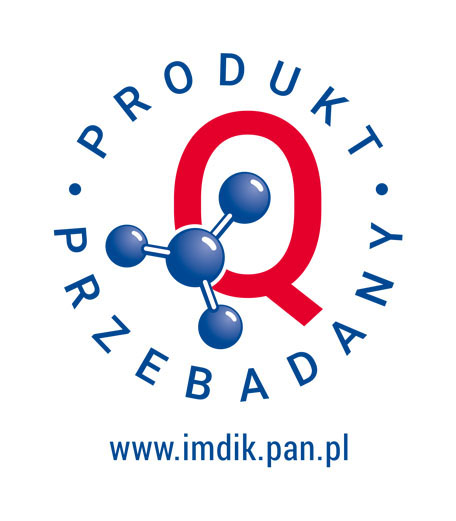Our Mission is to help our customers resolve their scientific questions by choosing the most proper method, obtaining the most satisfactory results, and finally helping to generate the highest quality microscopy-based data. Our range of services is available for both beginners and experienced users. Experienced users can use the equipment unassisted during office hours. New users are required to attend the training course. We also offer a wide range of support to assist our users with different problems. Our staff can help the users with training, instrument setup, data acquisition, data analysis, or troubleshooting according to individual needs.
1. Standard and super-resolution fluorescence and confocal microscopy:
• studies the expression of cellular antigens, cell morphology and, structures of fixed and in vivo tissues,
• registration of labeled cell organelles, e.g., mitochondria, lysosomes, and extracellular matrix in fixed material,
• observation of molecular mechanisms occurring at the level of individual molecules in the fixed material,
• registration of many fluorescent signals, also with overlapping spectra; possibility of simultaneous registration of 4-6 fluorescent signals,
• image registration in the (z) axis,
• observation over time,
• 2,5 D and 3D reconstruction,
• co-localization of signals in the cell,
• a package of physiological tests for the measurement of dynamic parameters such as calcium concentration, pH, changes in the mitochondrial membrane potential,
• tile scan registration of large object at a selected magnification,
• record images in super-resolution using SR-SIM or PAL-M techniques.
2. Image registration in TIRF mode.
3. During long-term observation, the registration of changes in 2D and 3D cultures – up to 48 hours, under constant environmental conditions, including hypoxia. Possibility to record, e.g., cell division, migration, chemotaxis, in vivo cell differentiation.
4. Laser microdissection – precise tracing and cutting out regions of interest using a laser beam with a wavelength of 448 nm, collecting the isolated fragments into sterile tubes for further analysis.






